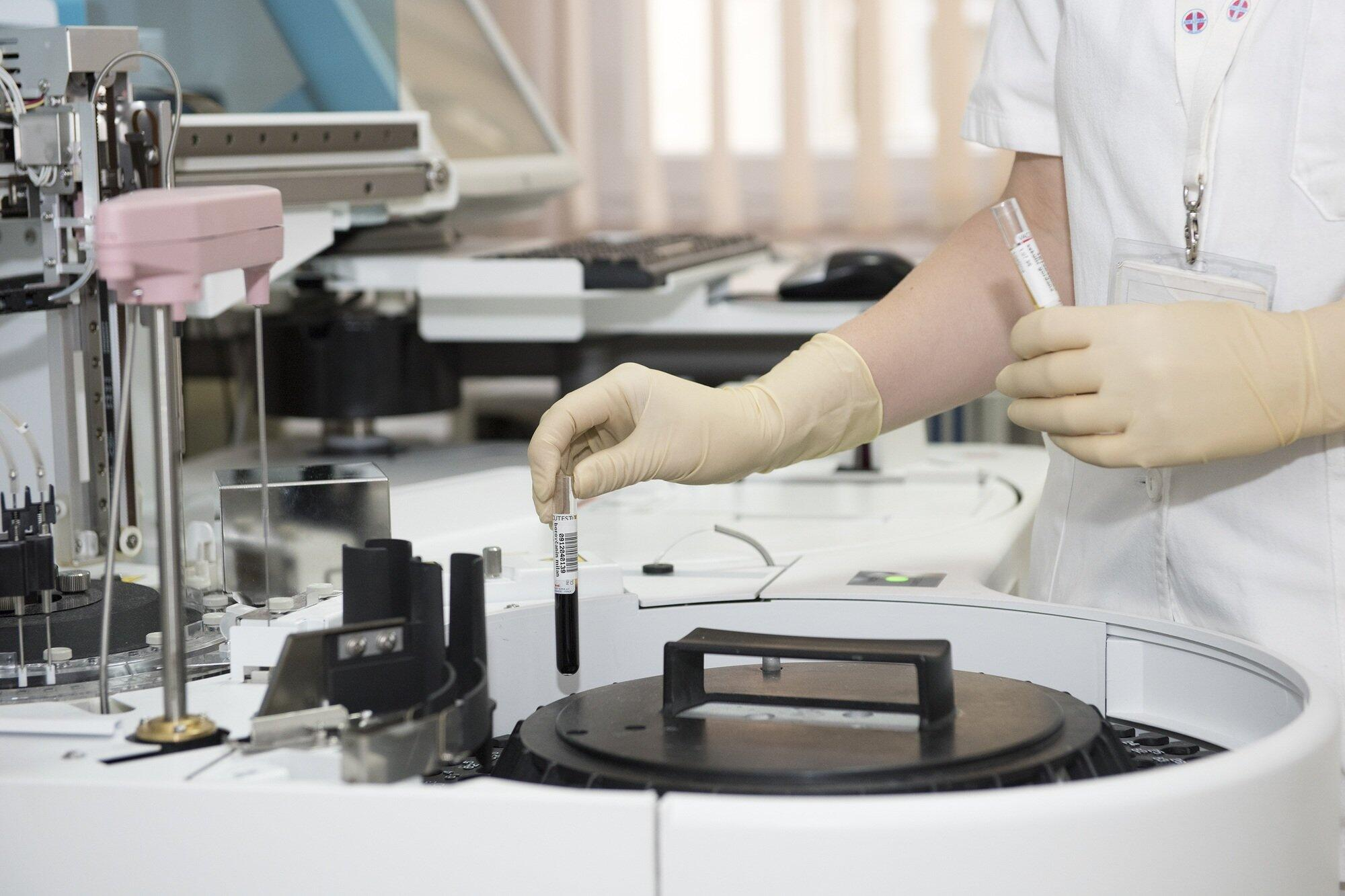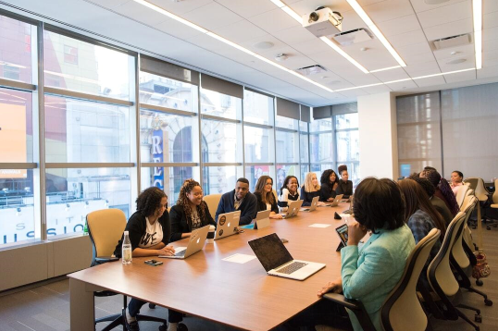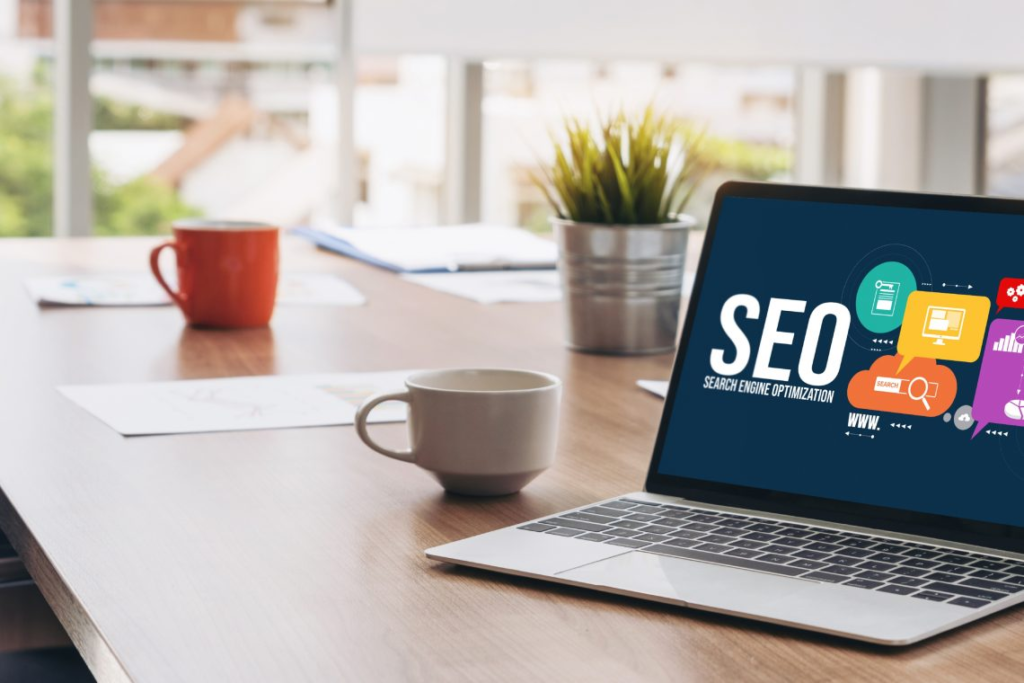Have you ever thought about what to do if you’re exposed to someone else’s blood?
Even small amounts can carry serious risks like HIV or hepatitis. Knowing how to handle potential bloodborne hazards can protect your health and the safety of others.
Stay informed and ready-keep reading to learn simple steps that could make a big difference.
Gloves
Wearing gloves is one of the easiest ways to protect yourself from bloodborne hazards. They create a barrier between your skin and any fluids you might touch.
Always choose disposable gloves and throw them away properly after use. Make sure they fit well and have no holes.
Use gloves whenever there is a chance of contact with blood or body fluids. Do not reuse or wash disposable gloves.
After removing them, wash your hands with soap and water. This simple habit can prevent serious infections.
Face Shields
Face shields help protect your eyes, nose, and mouth from splashes of blood or other fluids. They are especially important during emergencies or when providing first aid.
A face shield adds an extra layer of safety along with gloves and masks. It should be clear, clean, and cover your entire face.
Always wear one when there is a risk of fluid spray. Do not touch the front of the shield after use.
Clean it with disinfectant if it is reusable. Proper use of a face shield can reduce the chance of infection.
Biohazard Bags
Biohazard bags are used to safely throw away items that may be contaminated with blood or body fluids. These bags are usually red or marked with a biohazard symbol.
They help prevent the spread of infection by keeping dangerous waste contained. Only trained people should handle and dispose of these bags.
Always seal the bag tightly before throwing it in the proper bin. Do not mix regular trash with medical waste.
Make sure the bag is not torn or leaking. Using the right disposal method keeps everyone safer.
Disinfectants
Disinfectants help kill harmful germs that may be left behind after cleaning up blood or body fluids. Use products that are approved for medical or emergency use.
Follow the instructions on the label for proper mixing and contact time. Always wear gloves when using disinfectants to avoid skin irritation.
Clean all surfaces that may have been exposed to bloodborne pathogens. Pay extra attention to areas where fluids may have splashed or spilled.
Let the disinfectant sit for the required time before wiping. This helps make sure the area is truly safe.
Sharps Containers
Sharps containers are used to safely dispose away needles, blades, and other sharp objects. These containers are made of hard plastic and are leak-proof.
They help prevent injuries and protect against infections. Never place sharps in regular trash bins.
Always drop used sharps directly into the container without touching the opening. Do not try to recap or bend needles.
Keep the container in a safe spot, away from children. When it is full, seal it and follow local rules for disposal.
Stay Prepared and Safe
Understanding and managing bloodborne hazards is essential for everyone working in healthcare and emergency response.
By following these essential safety tips and protocols, you can significantly reduce your risk of exposure.
Did you enjoy reading this article? If so, then be sure to check out the rest of our blog for more!




